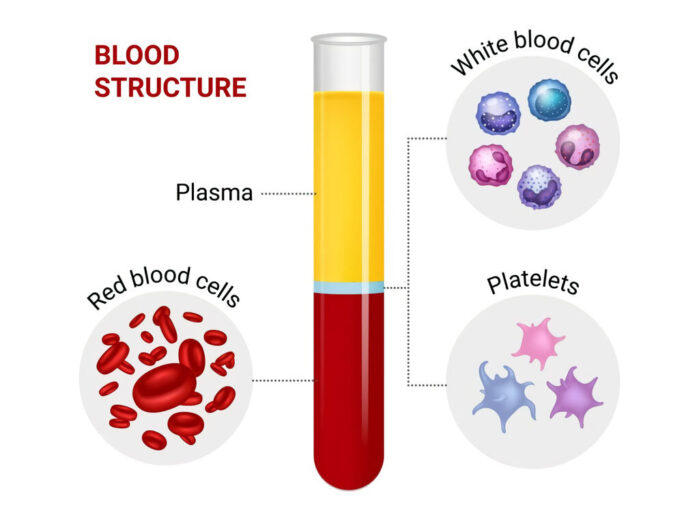Platelet-rich plasma (PRP) therapy has become a popular treatment option for a variety of medical conditions, from musculoskeletal injuries to hair loss. PRP therapy involves the use of a PRP kit, which contains various components used to prepare and administer the treatment. In this blog post, we’ll take a closer look at what is inside a PRP kit, as well as some important questions and considerations to keep in mind when using PRP.
What is Inside a PRP Kit?
A typical PRP kit will contain the following components:
- Collection tubes: These tubes are used to collect the patient’s blood.
- Anticoagulant: This is a substance added to the collection tubes to prevent the blood from clotting.
- Centrifuge: The centrifuge is used to separate the platelets from the other blood components.
- Separation gel: This gel is used to further separate the platelets from the other components in the blood.
- Injection needles: These needles are used to administer the PRP treatment.
Questions and Considerations When Using PRP
While PRP therapy can be an effective treatment option, there are some important questions and considerations to keep in mind when using PRP. These include:
- What medical conditions can be treated with PRP therapy? PRP therapy has been used to treat a variety of medical conditions, but it’s important to understand the limitations of the treatment and the conditions for which it is most effective.
- Who is a good candidate for PRP therapy? While PRP therapy is generally considered safe, it may not be appropriate for everyone. Patients with certain medical conditions or taking certain medications may not be good candidates for PRP therapy.
- How is the PRP prepared? The preparation process for PRP can vary depending on the kit being used and the medical professional administering the treatment. It’s important to understand the specific process being used to ensure the quality and effectiveness of the treatment.
- What are the potential side effects of PRP therapy? While PRP therapy is generally considered safe, there may be some side effects, such as pain, swelling, or infection at the injection site.
- How long does it take to see results from PRP therapy? The time it takes to see results from PRP therapy can vary depending on the condition being treated and the individual patient.
- How many PRP treatments are needed? The number of PRP treatments needed can vary depending on the condition being treated and the individual patient. Some patients may only need one treatment, while others may require multiple treatments.
Conclusion
PRP therapy can be an effective treatment option for a variety of medical conditions, but it’s important to understand what is inside a PRP kit and the questions and considerations to keep in mind when using PRP. By understanding the preparation process, potential side effects, and expected results, you can make an informed decision about whether PRP therapy is the right treatment option for you. As always, consult with your healthcare provider to determine if PRP therapy is appropriate for your individual medical condition.








